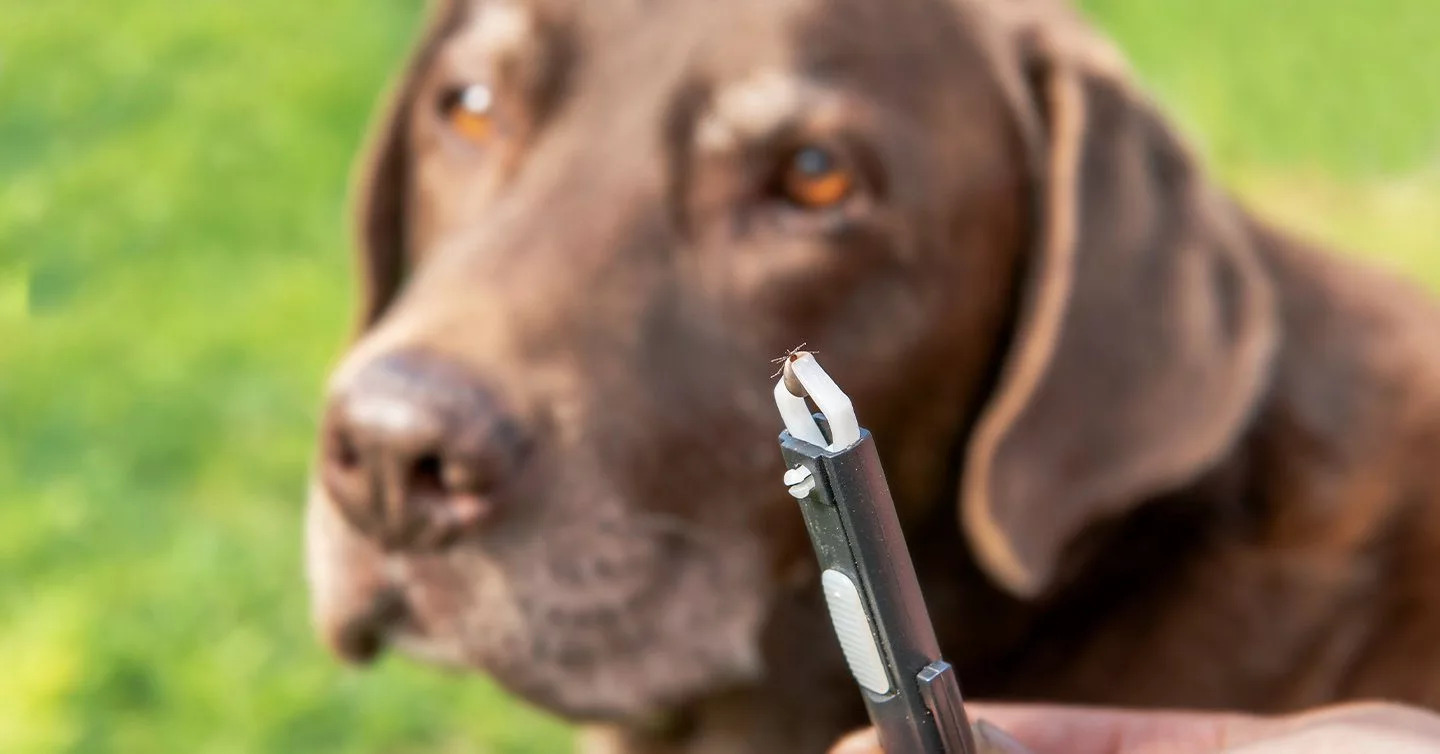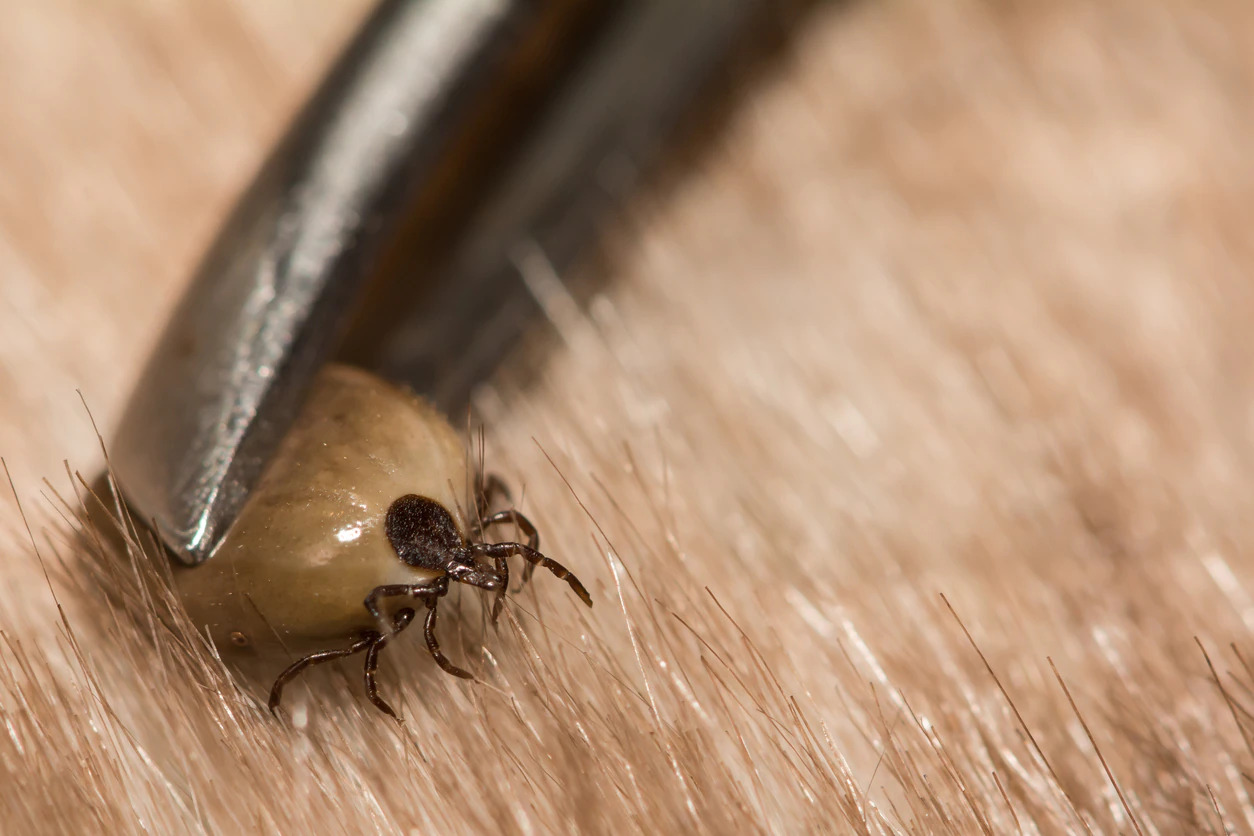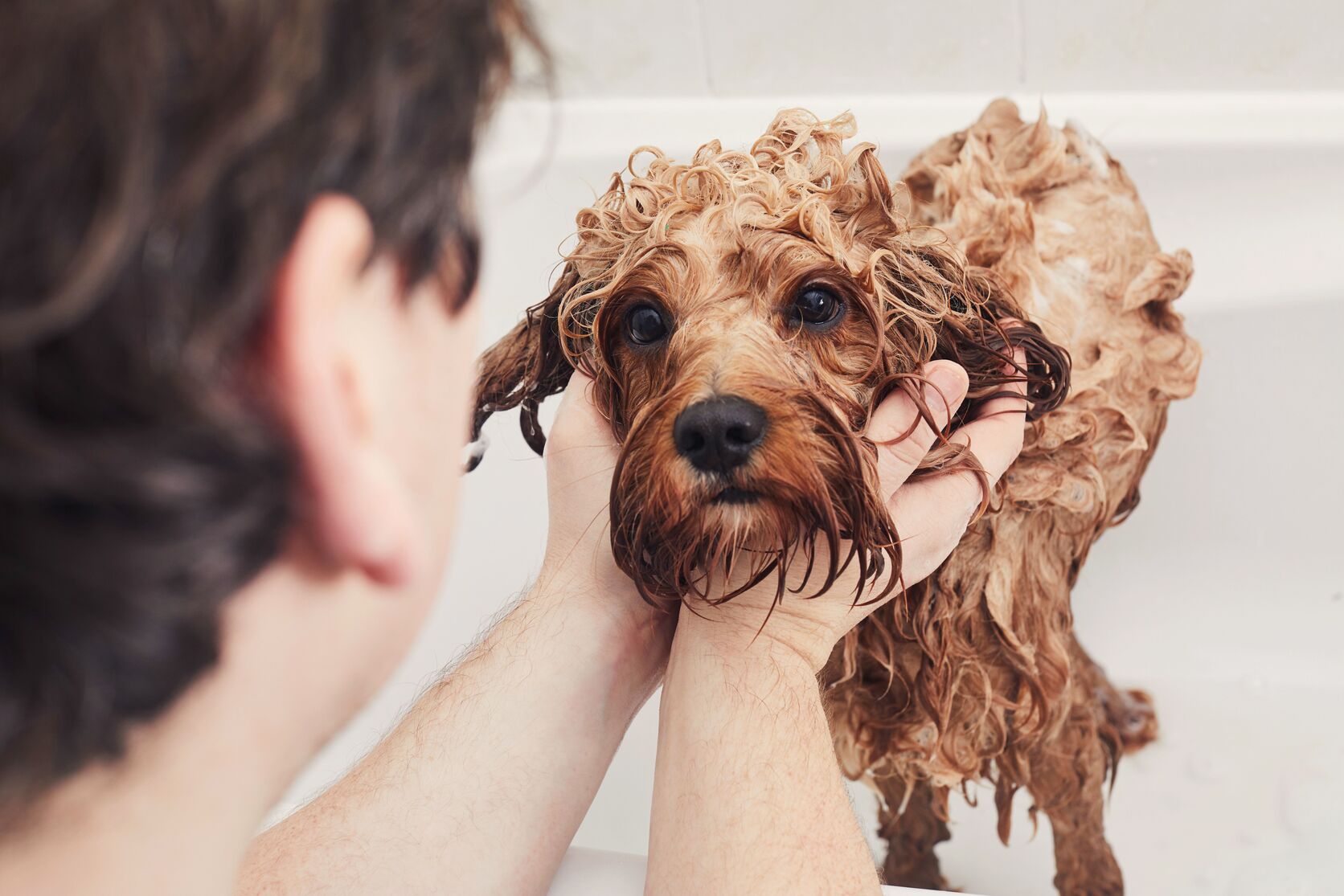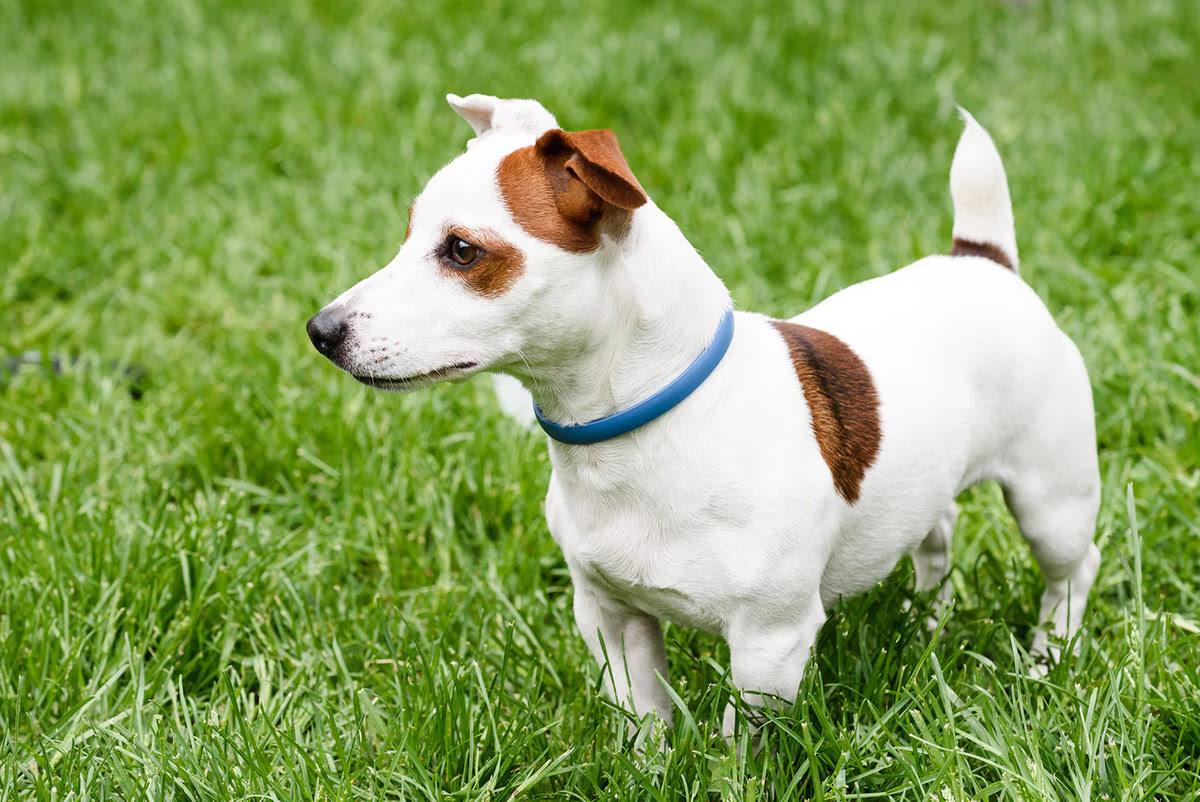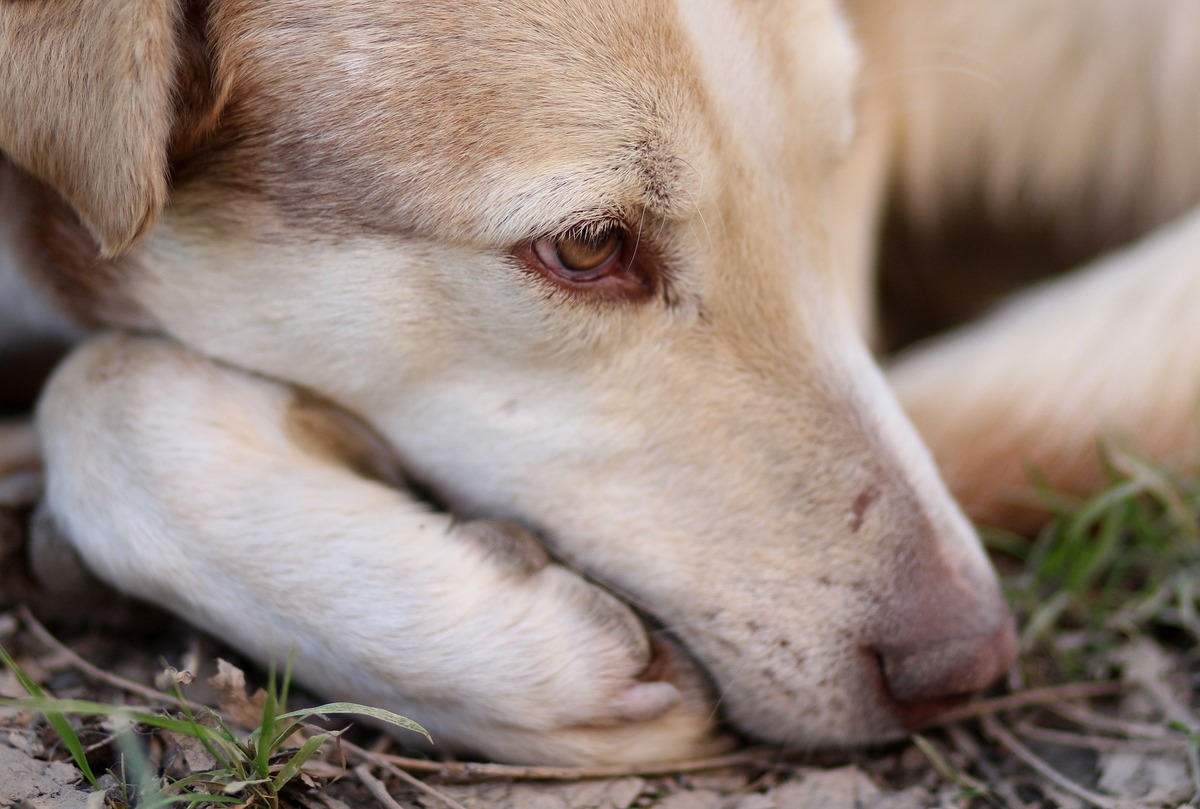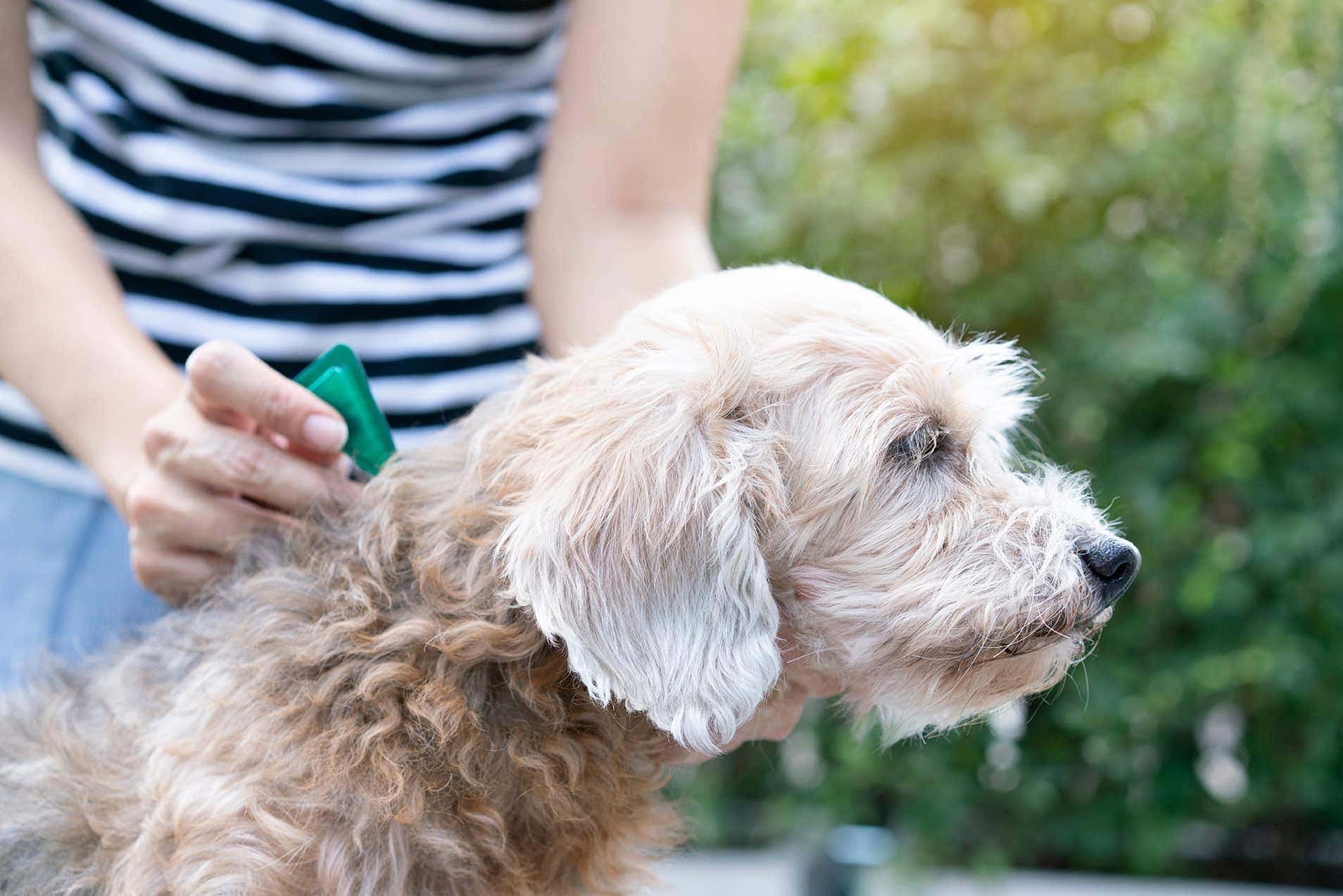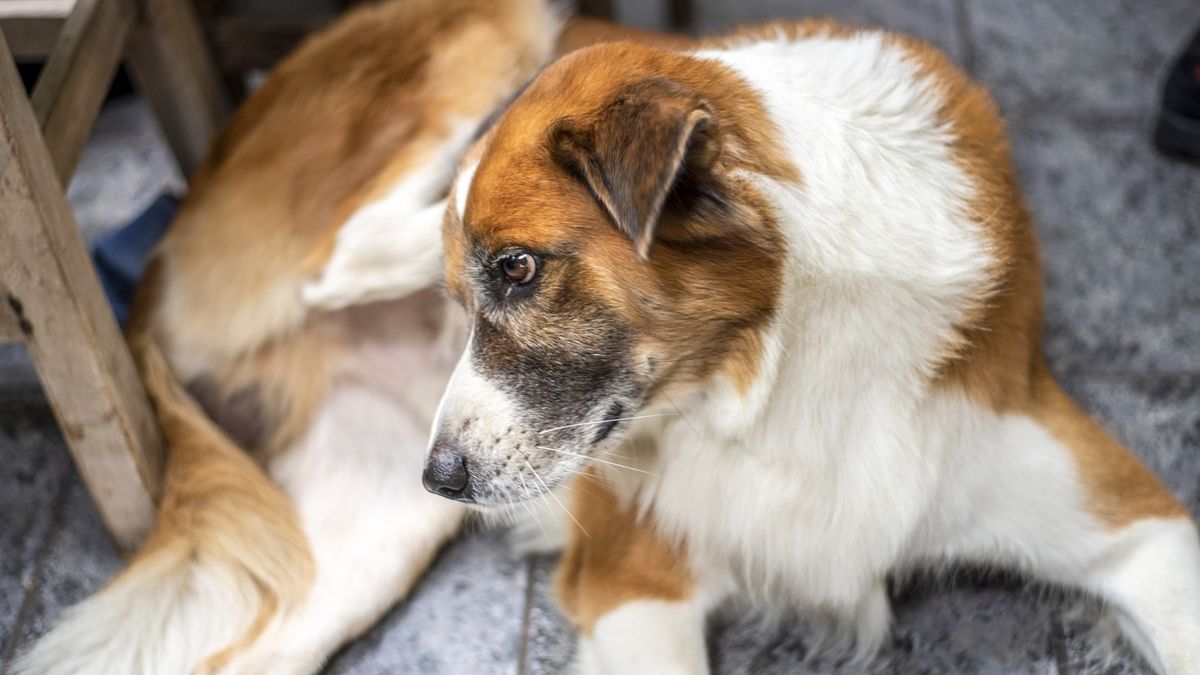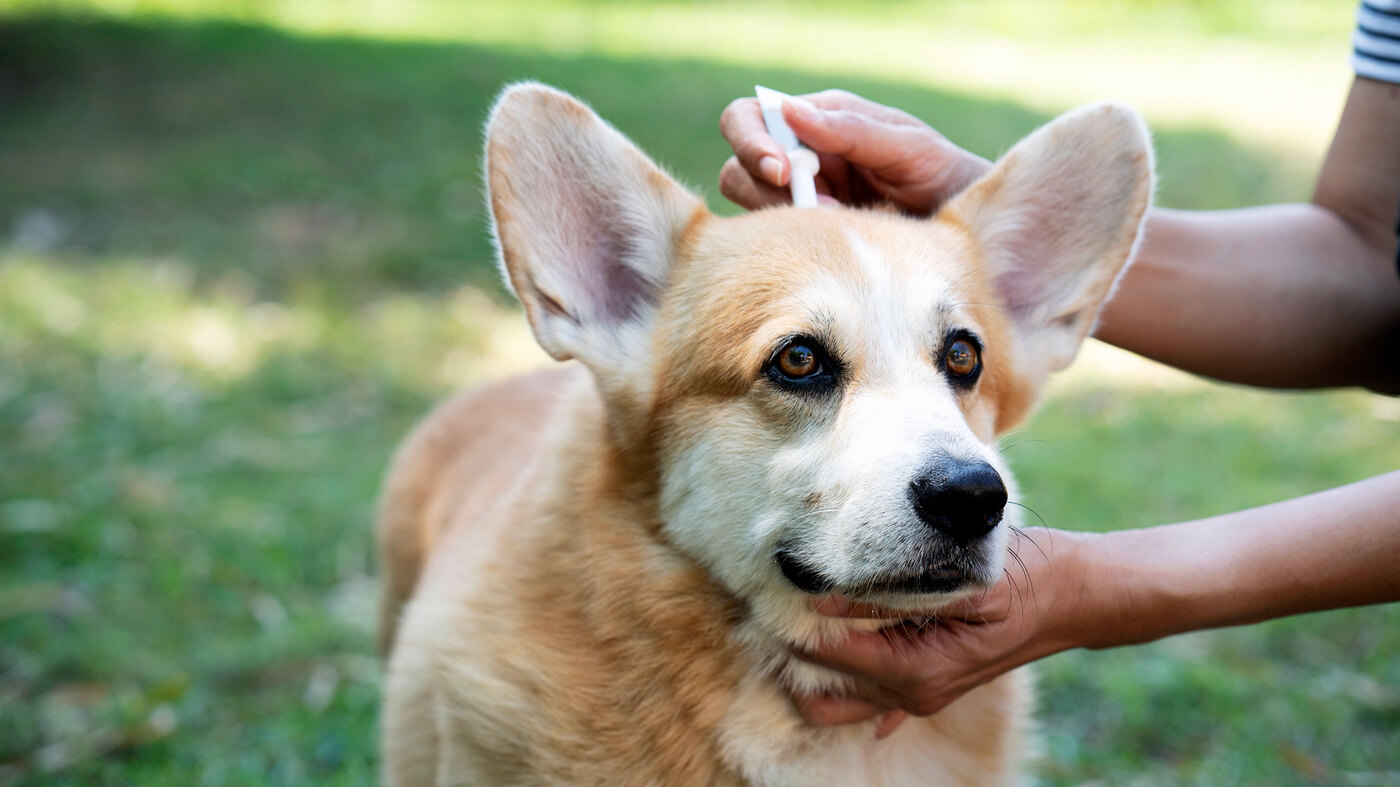Home>Health & Wellness>Common Health Issues>How Do Fleas Lay Eggs On Dogs
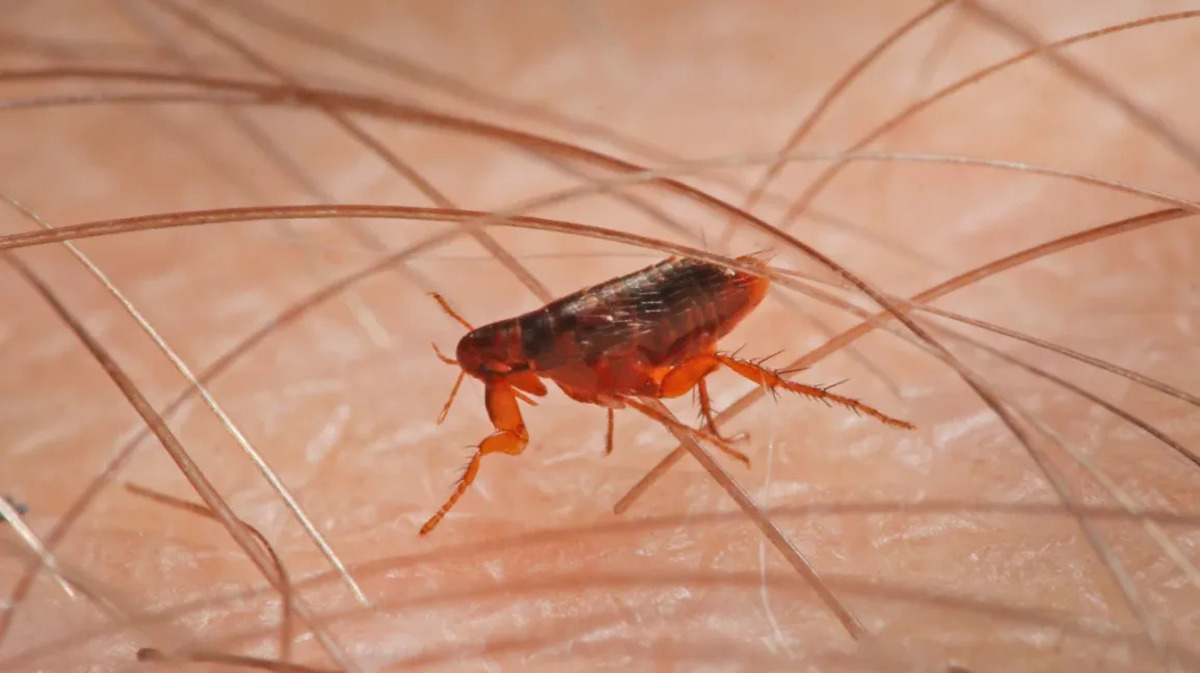

Common Health Issues
How Do Fleas Lay Eggs On Dogs
Modified: February 21, 2024
Learn about common health issues for dogs, including how fleas lay eggs on them. Understand the risks and prevention methods.
(Many of the links in this article redirect to a specific reviewed product. Your purchase of these products through affiliate links helps to generate commission for Pawsomeoldies.com, at no extra cost. Learn more)
Table of Contents
Introduction
Fleas are a common nuisance for dogs and their owners. These tiny, blood-sucking parasites can cause discomfort and health issues for our furry friends. Understanding how fleas lay eggs on dogs is crucial for preventing infestations and keeping our pets healthy and happy.
Flea infestations can be challenging to eradicate once they take hold, making prevention and early detection essential. By gaining insight into the life cycle of fleas and their egg-laying process, dog owners can take proactive measures to protect their pets from these persistent pests.
In this article, we will delve into the fascinating world of fleas, exploring their life cycle, the process of egg laying on dogs, signs of infestation, and effective preventive measures. By shedding light on these aspects, we aim to equip dog owners with the knowledge needed to safeguard their canine companions from the perils of flea infestations.
Read more: How Much Egg To Add To Dog’s Diet
Understanding Fleas and Their Life Cycle
Fleas are small, wingless insects that belong to the order Siphonaptera. These ectoparasites feed on the blood of mammals and birds, with the most common species, Ctenocephalides felis (the cat flea), infesting dogs. Understanding the life cycle of fleas is crucial for effectively combating infestations and protecting our furry companions.
The life cycle of a flea consists of four stages: egg, larva, pupa, and adult. This cycle typically spans several weeks, but environmental factors such as temperature and humidity can influence its duration.
-
Egg Stage: Flea eggs are small, white, and barely visible to the naked eye. Females lay eggs on the host animal, but these eggs can also fall off onto bedding, carpets, and other surfaces. A single female flea can lay hundreds of eggs over her lifespan, perpetuating the infestation.
-
Larval Stage: Upon hatching, flea eggs give rise to larvae. These tiny, worm-like creatures are photophobic and tend to inhabit dark, humid environments such as the base of carpet fibers and within bedding. They feed on organic debris and flea feces, progressing through several molts as they grow.
-
Pupal Stage: Larvae eventually spin cocoons and enter the pupal stage. Within these protective casings, they undergo metamorphosis, developing into adult fleas. The pupal stage can last for weeks or even months, with the fleas remaining dormant until environmental conditions signal the presence of a potential host.
-
Adult Stage: Once mature, adult fleas emerge from their cocoons in response to stimuli such as vibrations, warmth, and exhaled carbon dioxide, indicating the presence of a potential host. They are highly specialized for feeding, equipped with piercing mouthparts to obtain blood meals from their hosts.
Understanding the intricacies of the flea life cycle is essential for effective flea control. By targeting multiple stages of this cycle, including eggs, larvae, pupae, and adults, pet owners can disrupt the infestation and prevent its recurrence. Additionally, knowledge of the flea life cycle underscores the importance of consistent, long-term flea prevention measures to safeguard the well-being of our beloved canine companions.
The Process of Flea Egg Laying on Dogs
Flea egg laying on dogs is a pivotal aspect of the flea life cycle, contributing to the perpetuation of infestations. Understanding this process is crucial for pet owners seeking to protect their furry companions from the perils of flea infestations.
When a female flea finds a suitable host, such as a dog, it begins the process of egg laying. Female fleas require a blood meal to reproduce, and once they have fed, they can start laying eggs within 24 to 36 hours. These eggs are not limited to the dog's fur; they can also fall off onto the surrounding environment, including bedding, carpets, and furniture, contributing to the spread of the infestation.
The female flea can lay up to 50 eggs per day, and over the course of her lifespan, which can range from a few weeks to several months, she can produce hundreds of eggs. This prolific egg laying is a primary factor in the rapid expansion of flea populations, making early intervention and prevention essential for controlling infestations.
The eggs laid by the female flea are not sticky and easily fall off the host, dispersing throughout the environment. This dispersal mechanism allows the eggs to be distributed widely, increasing the likelihood of successful hatching and the subsequent development of larvae.
Once the eggs are deposited in the environment, they undergo incubation, hatching into larvae within 2 to 14 days, depending on environmental conditions such as temperature and humidity. The newly hatched larvae are not equipped to infest a host immediately and instead seek out dark, humid environments to continue their development.
Understanding the process of flea egg laying on dogs underscores the importance of comprehensive flea prevention strategies. By addressing not only the fleas present on the dog but also the eggs and larvae dispersed in the environment, pet owners can effectively combat infestations and protect their canine companions from the discomfort and health risks associated with flea infestations.
Signs of Flea Infestation
Identifying the signs of a flea infestation is crucial for prompt intervention and effective flea control. By recognizing these indicators, pet owners can take proactive measures to alleviate their dog's discomfort and prevent the escalation of the infestation. Here are the key signs of a flea infestation to watch for:
-
Excessive Scratching and Biting: Dogs infested with fleas often exhibit heightened levels of scratching, biting, and licking. Persistent scratching, particularly around the base of the tail, abdomen, and hind legs, may indicate the presence of fleas and their bites.
-
Visible Fleas or Flea Dirt: Fleas are small, agile insects that can be challenging to spot, especially in the dense fur of dogs. However, careful inspection may reveal the presence of adult fleas moving through the fur or tiny black specks, known as flea dirt, which are flea feces containing digested blood.
-
Hair Loss and Skin Irritation: Flea infestations can lead to skin irritation, redness, and hair loss in dogs. The continuous biting and scratching in response to flea bites can cause discomfort and contribute to dermatological issues, including allergic reactions and hot spots.
-
Restlessness and Agitation: Dogs suffering from flea infestations may display signs of restlessness, agitation, and discomfort. They may exhibit unusual behavior, such as pacing, restlessly shifting positions, or vocalizing distress.
-
Pale Gums and Anemia: Severe flea infestations can lead to blood loss and anemia in dogs, particularly in young puppies or small breeds. Pale gums, lethargy, and weakness may indicate a significant flea infestation requiring immediate veterinary attention.
-
Flea Allergy Dermatitis: Some dogs may develop flea allergy dermatitis, an allergic reaction to flea saliva. This condition can exacerbate the discomfort caused by flea bites, leading to intense itching, inflamed skin, and secondary infections.
-
Visible Flea Eggs and Larvae: In advanced infestations, flea eggs and larvae may be visible in the dog's environment, such as on bedding, carpets, and furniture. These signs indicate a substantial flea population and the need for comprehensive flea control measures.
By remaining vigilant for these signs of flea infestation, pet owners can promptly address the issue and seek appropriate flea control measures. Early intervention is key to preventing the escalation of infestations and minimizing the impact on the dog's well-being. Additionally, consulting with a veterinarian can provide valuable guidance on effective flea treatment and prevention strategies tailored to the specific needs of the dog.
Preventing Flea Infestation on Dogs
Preventing flea infestations on dogs is essential for maintaining their health and well-being. By implementing proactive measures, pet owners can effectively safeguard their canine companions from the discomfort and health risks associated with fleas. Here are comprehensive strategies to prevent flea infestations on dogs:
-
Regular Grooming: Establish a routine grooming schedule for your dog, including regular baths with a vet-approved flea shampoo. Thoroughly combing and brushing your dog's fur can help detect and remove fleas and their eggs before an infestation takes hold.
-
Environmental Management: Maintain a clean and hygienic living environment for your dog. Regularly vacuuming carpets, washing bedding, and cleaning pet areas can help eliminate flea eggs and larvae from the surroundings. Consider using pet-safe flea control products for indoor and outdoor spaces.
-
Flea Control Products: Explore the use of vet-recommended flea control products such as spot-on treatments, oral medications, and flea collars. These products can provide long-lasting protection against fleas and help prevent infestations. Consult with a veterinarian to select the most suitable flea control options for your dog.
-
Regular Veterinary Care: Schedule routine veterinary check-ups for your dog to monitor their overall health and discuss flea prevention strategies. Veterinarians can recommend effective flea control products and provide guidance on maintaining a flea-free environment.
-
Preventive Medications: Administer preventive flea medications as prescribed by a veterinarian. These medications, such as monthly oral or topical treatments, can disrupt the flea life cycle and prevent infestations. Consistent use of preventive medications is crucial for long-term flea control.
-
Outdoor Protection: When spending time outdoors, particularly in areas with high flea activity, consider using flea repellents and avoiding environments where fleas are prevalent. Regularly inspect your dog for signs of fleas after outdoor activities.
-
Comprehensive Flea Treatment: In the event of a flea infestation, implement comprehensive flea treatment for your dog and the surrounding environment. Utilize vet-approved flea control products and seek guidance on eradicating fleas from your home.
By incorporating these preventive measures into your dog's care routine, you can significantly reduce the risk of flea infestations and ensure a comfortable, flea-free environment for your beloved pet. Consistency and diligence in flea prevention are key to protecting your dog from the challenges posed by these persistent parasites.
Read more: What Do Parasite Eggs Look Like In Dog Poop?
Conclusion
In conclusion, understanding how fleas lay eggs on dogs is pivotal for dog owners seeking to protect their pets from the perils of flea infestations. The intricate life cycle of fleas, encompassing egg laying, larval development, pupation, and emergence as adult fleas, underscores the persistence and resilience of these parasitic insects. By gaining insight into the process of flea egg laying on dogs and the signs of infestation, pet owners can take proactive measures to safeguard their canine companions.
Flea infestations can pose significant challenges, leading to discomfort, skin irritation, and potential health risks for dogs. The prolific egg-laying capacity of female fleas, coupled with the dispersal of eggs in the surrounding environment, contributes to the rapid expansion of flea populations. This necessitates comprehensive flea prevention and control strategies to mitigate the impact of infestations.
Recognizing the signs of flea infestation, including excessive scratching, visible fleas or flea dirt, and skin irritation, empowers pet owners to intervene promptly and seek effective flea control measures. Early detection and intervention are crucial for preventing the escalation of infestations and minimizing the impact on the dog's well-being.
Implementing preventive measures, such as regular grooming, environmental management, and the use of vet-recommended flea control products, forms the cornerstone of effective flea prevention. Consistent use of preventive medications, routine veterinary care, and comprehensive flea treatment in the event of an infestation are essential components of a holistic approach to flea control.
By prioritizing flea prevention and implementing proactive measures, dog owners can create a safe and comfortable environment for their pets, free from the challenges posed by flea infestations. The well-being and happiness of our beloved canine companions are paramount, and by equipping ourselves with knowledge and proactive strategies, we can ensure that they are protected from the perils of fleas.
In essence, the journey of understanding how fleas lay eggs on dogs empowers pet owners to take proactive steps, fostering a harmonious and flea-free environment for their cherished canine companions. Through vigilance, preventive measures, and prompt intervention, we can create a haven of well-being for our dogs, shielding them from the discomfort and health risks associated with flea infestations.
